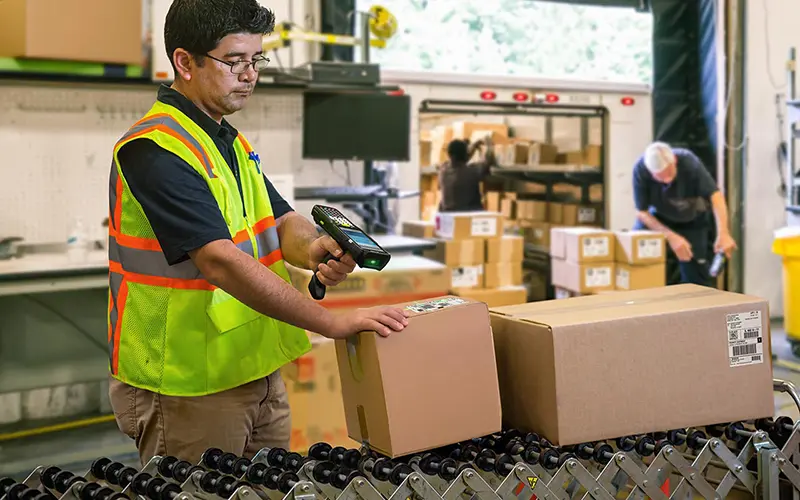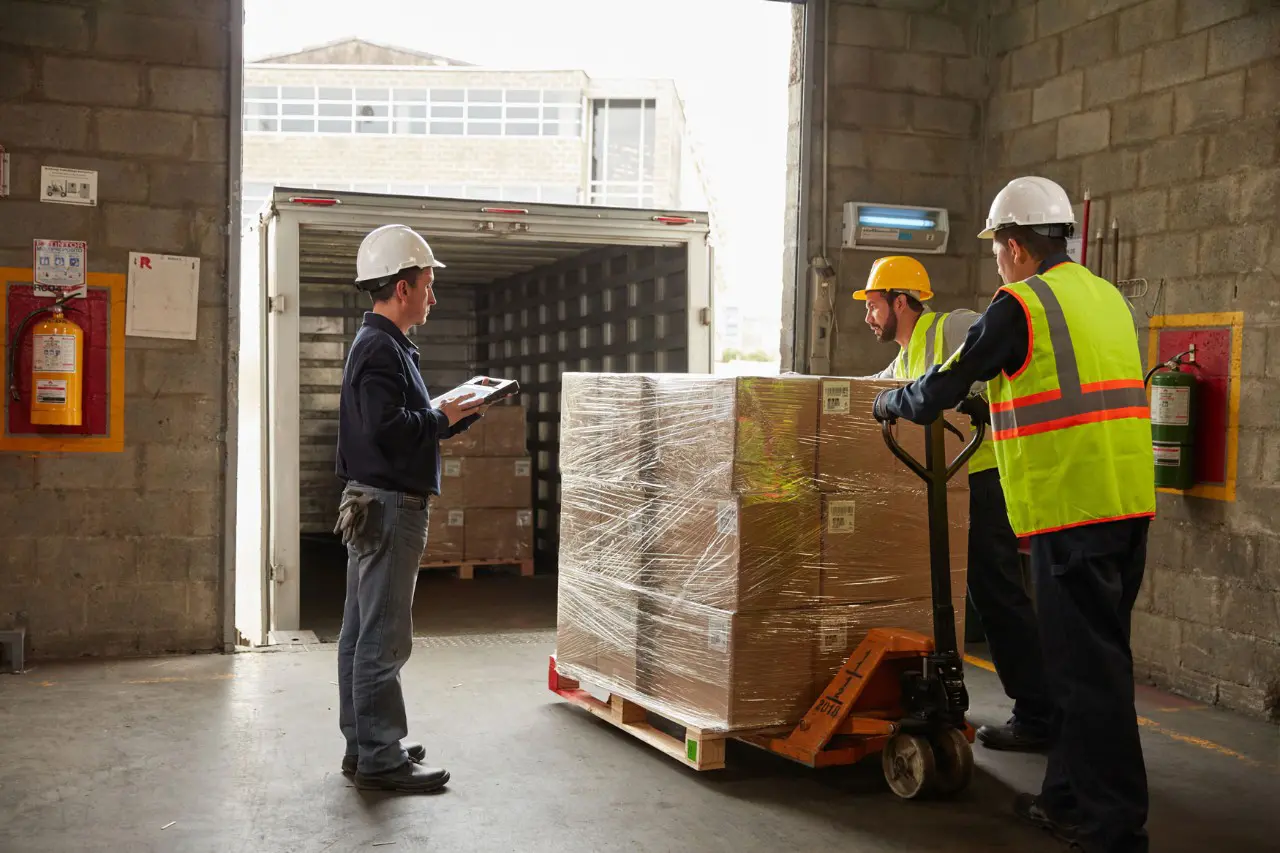
Outbound logistics is the heartbeat of customer satisfaction. It’s the final phase in your supply chain—where products leave your facility and make their way into the hands of customers. From order fulfillment to last-mile delivery, outbound logistics plays a critical role in shaping customer experience, reducing operational costs, and building brand loyalty.
In this guide, we’ll break down everything you need to know: what outbound logistics includes, how it differs from inbound logistics, key processes, technologies involved, and tips to optimize your operation.
What Is Outbound Logistics?
Outbound logistics refers to the processes involved in moving finished goods from a business to its customers. It begins once a product is manufactured or stored in inventory and ends when it reaches its final destination—whether that’s a retail store, distribution center, or a customer’s doorstep.
In simple terms: it’s everything that happens after an order is placed and before the customer receives it.
Core Activities Include:
- Order processing: Verifying, picking, and preparing items for shipment
- Packaging: Ensuring products are packed securely and efficiently
- Shipping & transportation: Coordinating the delivery of goods via carriers, couriers, or fleets
- Last-mile delivery: Managing the final leg of the journey to the customer
Outbound logistics is a crucial link between your internal operations and your customers. Done well, it boosts satisfaction, minimizes returns, and enhances your brand. Done poorly, it leads to late deliveries, lost packages, and costly inefficiencies.
Whether you’re a manufacturer, wholesaler, ecommerce seller, or retailer, outbound logistics is the part of your supply chain that touches your customers most directly.

Why Does Outbound Logistics Matter?
Outbound logistics is the final link between your operations and your customer—and it’s often the most visible. While procurement, production, and inventory management happen behind the scenes, outbound logistics is where your brand promise is delivered (literally).
Here’s why it matters:
- Customer Satisfaction Depends on It: A late or inaccurate delivery can damage your reputation, no matter how good the product is. Fast, reliable fulfillment builds trust and drives repeat business.
- It Directly Impacts Costs: Transportation and fulfillment costs are among the largest expenses in the supply chain. Efficient outbound logistics reduces waste, minimizes shipping errors, and helps avoid costly chargebacks.
- It’s Key to Omnichannel Success: Whether shipping to stores, homes, or distribution centers, outbound logistics needs to be flexible. An agile outbound strategy supports multichannel fulfillment and dynamic customer expectations.
- It Enables Scalability: As your business grows, your outbound logistics must keep pace. Streamlined processes, automation, and real-time visibility help you scale without sacrificing service.
- It’s a Competitive Advantage: In an era where Amazon has set the standard for speed and accuracy, companies that optimize outbound logistics gain a clear edge in the market.
Ultimately, outbound logistics is the moment of truth in the supply chain. It’s where all your upstream efforts culminate—and where your customer experience is made or broken.
Supply Chain Disruptions are Costing You
Supply chain disruptions can cost firms an average of $1.5 million per day, with a 3–5% bump in expenses and a ~7% drop in sales when issues strike.
Source: ProcurementTactics.com
Common Challenges
Managing outbound logistics is no small feat. It involves orchestrating multiple moving parts—inventory, labor, transportation, and customer expectations—all while keeping costs in check and accuracy high. One of the most persistent challenges is the lack of real-time visibility.
When businesses can’t track inventory levels or shipments in real time, they’re forced to rely on guesswork. This can lead to delayed deliveries, stockouts, and a poor customer experience. In a world where customers expect instant updates and fast fulfillment, not knowing where an order is at any given moment is a major liability.
Order Inaccuracy
Another significant pain point is order inaccuracy. Whether it’s the wrong product, quantity, or shipping address, fulfillment errors cause headaches for both businesses and customers. Mistakes often stem from outdated processes, disconnected systems, or manual data entry.
These issues become even more pronounced during busy periods when warehouse teams are stretched thin. Coupled with inefficient warehouse operations—like poor layout design or a lack of automation—companies can find themselves struggling to keep up with demand.
Transportation Costs
Transportation costs also loom large. With rising fuel prices, carrier rate hikes, and growing delivery expectations, outbound logistics can quickly become one of the most expensive aspects of the supply chain. Businesses that don’t actively manage shipping costs or negotiate favorable carrier contracts may see their margins shrink.
Even when orders go out on time, handling returns efficiently remains a challenge. Returns logistics can constitute up to 7 % of gross sales and average 9–15 % of manufacturers’ revenue on reverse logistics alone. Many organizations overlook the importance of reverse logistics, yet a slow or clunky returns process can cause inventory discrepancies and customer dissatisfaction.
Scalability
Finally, scalability is a common stumbling block. As businesses grow, outbound logistics must scale with them. But legacy systems, fragmented software, and manual workflows can become bottlenecks, limiting throughput and flexibility. Without the right tools and infrastructure in place, growth can actually hinder fulfillment rather than help it.
The Role of Technology
As supply chains grow more complex and customer expectations rise, accuracy in outbound logistics has become mission-critical. Modern technology plays a central role in ensuring that every order is picked, packed, and shipped with precision—reducing costly errors and enhancing customer satisfaction.
RFID systems, barcode scanners, and smart labeling solutions allow warehouses to track items down to the unit level, virtually eliminating mispicks and shipment mistakes. These technologies provide real-time inventory updates, so teams always know what’s available, what’s in transit, and what’s leaving the dock. Automated alerts and validations at each stage of fulfillment help prevent incorrect or incomplete shipments from ever going out the door.
Other high-tech tools improving outbound logistics:
- Warehouse Management Systems (WMS) for process automation and accuracy
- Transportation Management Systems (TMS) for optimized routing and carrier coordination
- AI-powered forecasting to anticipate shipping volumes and reduce delays
- Digital twin technology to simulate and optimize fulfillment flows
- IoT sensors for tracking environmental conditions and real-time location
By embracing new technologies, businesses can dramatically improve outbound accuracy—turning what was once a vulnerability into a competitive strength.
Interested in RFID?
An RFID tracking system can help organizations of all sizes improve their supply chain efficiency. Contact the CYBRA team to schedule a demo today.





